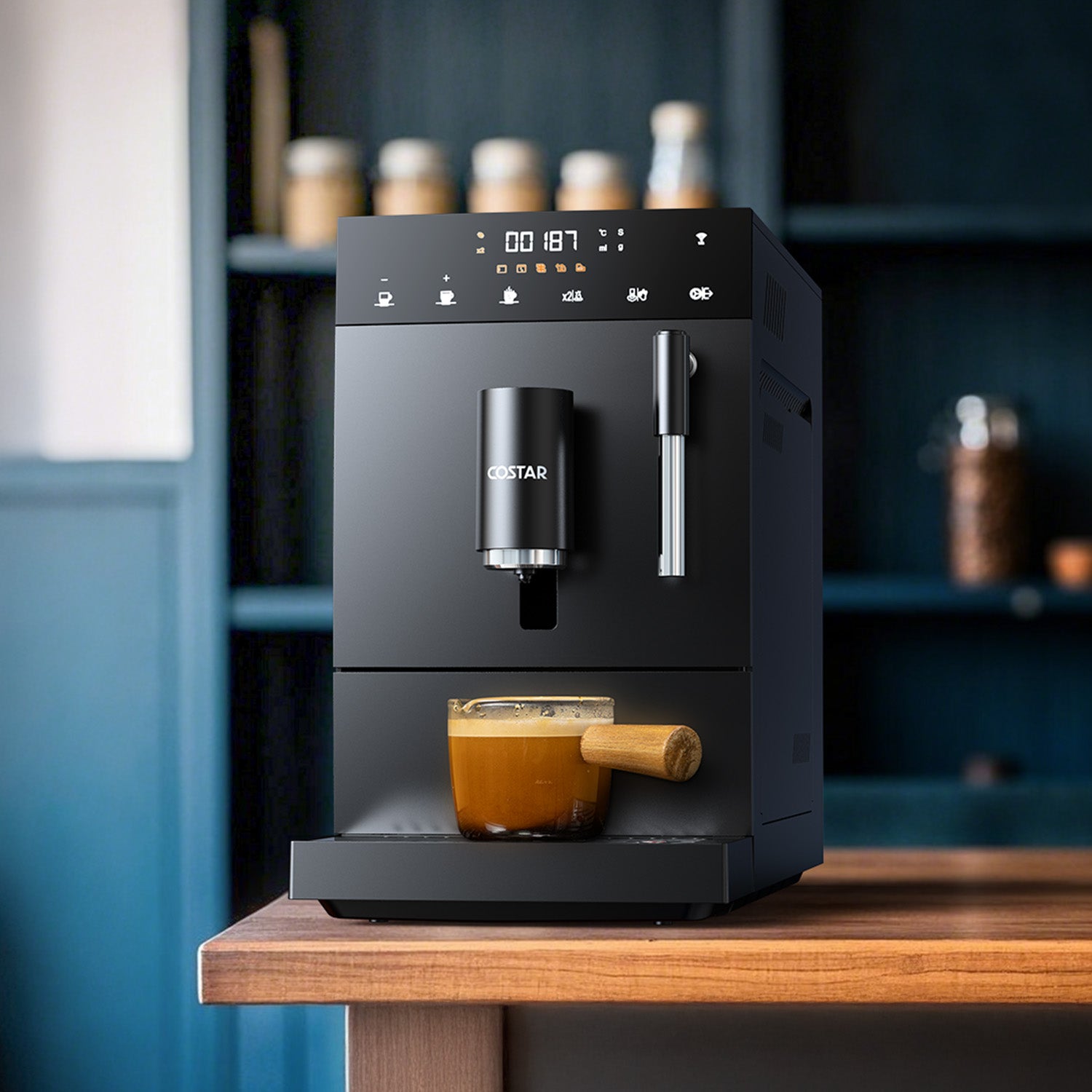Have you ever noticed that you live in a noisy world?
Think about all the noises you hear walking or driving through your city, or even just sitting in your home, school, or office. You hear planes and jets speeding overhead, car engines revving along the street, drilling and other machine sounds from construction sites, and loud music pouring out of restaurants, bars, and clubs.
These are all sounds that we’ve become used to, but did you know that, at certain decibels, they can become harmful to both our own health and the health of our environment?
When noise is loud enough to hurt or even kill human beings and animals, it becomes something different. It becomes noise pollution.
What Is Noise Pollution?
Just how loud does noise have to be to become a pollutant?
According to the World Health Organization (WHO), noise pollution occurs when a noise exceeds 65 decibels (dB). It doesn’t strictly become harmful, however, until it reaches 75 dB, nor does it become painful until exceeding 120 dB.
It may come as a surprise that noise pollution can be extremely dangerous. Every year in Europe, around 72,000 people are admitted to the hospital for injuries sustained from loud noise. Another 16,600 people die.
What Are Sources Of Noise Pollution?
There are several common sources of noise pollution, some of which we’ve already covered.
- Ground Traffic: Car horns typically blare at 90 dB, while bus horns can get up to 100 dB
- Air Traffic: One aircraft can produce 130 dB of noise.
- Construction: A site of construction is an extremely noisy place, where drilling and other machine work can reach unsafe levels of noise pollution.
- Restaurants, Bars, Clubs, Pubs, etc.: Those places where young people like to hang out at night to drink, socialize, and listen to music? Yes, even these are sources of noise pollution, sometimes exceeding 100 dB.
- Animals: Even animals can be sources of noise pollution if they are making loud sounds like barking or howling

What Are Side Effects Of Noise Pollution?
Noise pollution can cause a surprising number of physical and psychological problems. It can even mess up your sleep cycle.
Let’s take a look at some of the side effects of noise pollution.
- High blood pressure
- Fast heart rate
- Headaches
- Stress
- Anxiety
- Tiredness
- Depression
- Irritability
In addition to all these issues, noise pollution above 30 dB can prevent you from getting a restful sleep at night. This can make the side effects we just covered worse and cause you to be in a bad mood.
Noise pollution can also prevent you from focusing and remembering things long term. This is alarming for students, in particular, for whom studying and memorizing facts is a major factor in their school performance.
How To Cancel Out Noise Pollution
So, how do we get rid of noise pollution? We certainly can’t go around asking everyone to quiet down or expect companies to redesign planes, cars, and machines to be silent. Clearly, if we want to cancel out noise pollution in our lives as much as possible, we have to do it on an individual level.
That’s where COSTAR comes in. Our 25dB Active Noise Canceling Earbuds are perfect for blocking out background noise and allowing you to exist in your own quiet space.

Whether you need to concentrate on studying in a noisy common room, reduce your stress while walking along a busy street, or just be at peace with yourself in loud surroundings, these earbuds will cut out the noise pollution.
To snag your pair, click here to go to the COSTAR website or here to purchase it on Amazon.







Leave a comment
All comments are moderated before being published.
This site is protected by hCaptcha and the hCaptcha Privacy Policy and Terms of Service apply.